Comment:
The book is about my older brother (Errol) who died of colon cancer at 33. I know, it sounds gruesome, and it is, but it’s also beautiful. I’ve poured my heart and head into every chapter, every word. The competent Cypress House staff informs me that I should have the book in hand by yearend. I’ll be peddling the book after that. If you want to reserve a copy, let me know in a comment or an email at dhj@thinkinthemorning.com. I’ll put you on the list and contact you when the book is available.
There are no pictures in the book. We have inserted a few pictures into this blog we think you will enjoy after reading the book.
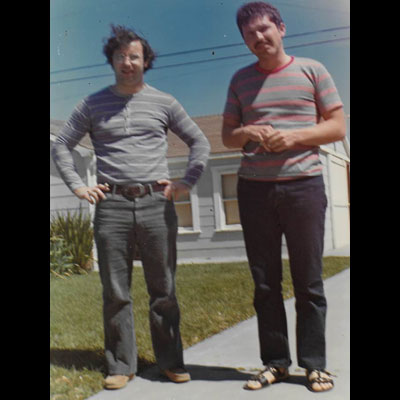
Characters Devon (David) and Eric (Errol)
From The Book:
This book had a long gestation period. The idea first occurred to me in 1972, and I began to research in earnest in December of 2010. I first put pen to paper in Zihuatanejo, Mexico, in January 2011. Much of the book was written in Oaxaca, Mexico, over several years while I stayed at the beautiful Casa de las Bugambilias. The friendly and attentive staff went out of their way to create an atmosphere conducive to my work. Parts of the book were completed in Puerto Vallarta, Mexico, and in Mendocino, California.
I had some professional assistance with the book, but the final product represents my work, errors and all. I won’t mention names so as not to ruin reputations. What I will say is, without the generous help of many other writers this book would lack whatever merits it possesses. I have been influenced by a number of authors, especially Ambrose Bierce (The Incident at Owl Creek Bridge), Jorge Borges (The Secret Miracle), David Dephy (Before the End), Tobias Wolfe (Bullet in the Brain), Abram Tertz (aka Andrei Sinyavsky, Fantastic Tales), D. H. Lawrence (Mornings in Mexico), Ken Kesey (One Flew Over the Cuckoo’s Nest), and Oliver Sacks (Hallucinations). Obviously none of them is responsible for anything I put in print.
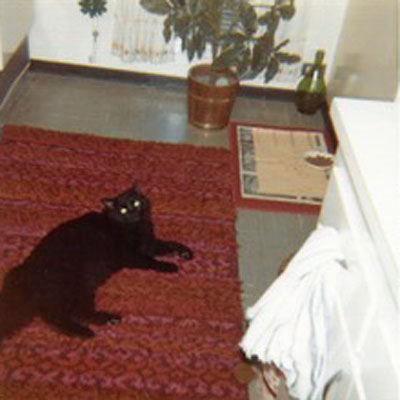
Eric’s cat Leon is an important character in the book
Praise For The Book:
“From a dying brother’s letter of despair and hope, David Jones creates a harrowing mix of humanity and inhumanity; love and terror; medical madness and mirages of miracles. The searing journey the author imagines for his brother compels readers to confront profound questions of how life is best lived and death best met.
—Jeffrey Amestoy, Former Chief Justice, Vermont Supreme Court and author, Slavish Shore: e Odyssey of Richard Henry Dana Jr.
Notes On The Title:
The title for the book was inspired by the George Harrison song Behind That Locked Door on his 1971 album All Things Must Pass.
From The Back Cover:
In the 1970s, Eric Martin, a young attorney, is diagnosed with terminal cancer. Eric finds hospitals and traditional treatments insensitive and ineffective, so he decides to gamble on an unproven but popular alternative: Laetrile, legally available to him only at a clinic in Mexico. While there, he befriends an unconventional Catholic priest who introduces him to the mysterious world of spirits and shamanic healers.
In a dreamworld populated with characters real and imagined, Eric discovers a life he’d formerly ignored in order to focus only on things of practical importance. In the course of treatment both at the clinic and by a curandera in a remote mountain village, Eric threads his way among gangsters, drug dealers, corrupt politicians, greedy charlatans, and a principled scientist. In time, Eric’s health improves, and he begins a new and surprising future. This remarkable story shifts between the ordinary and the extraordinary as it raises age-old existential contrasts—dream versus reality, optimism versus nihilism, and the spiritual versus materialist view of humanity.
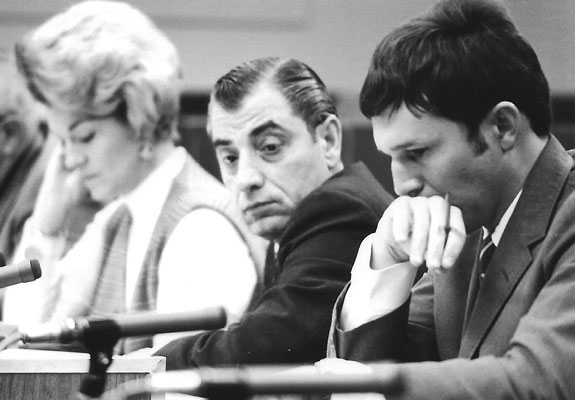
Eric (Errol) at work as an attorney
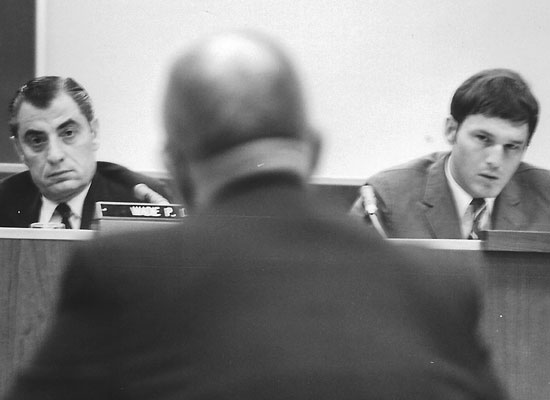
Eric (Errol) at work
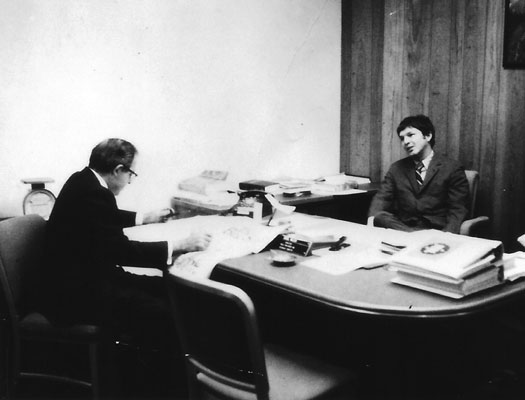
Eric (Errol) at work
Further praise For The Book:
“It requires exceptional skill to twist a thought to express a sensation, a tender emotion. David has that skill… to create a mood, a reality, a truth made from illusions.”
—James Maxwell, artist, author of My Ghosts
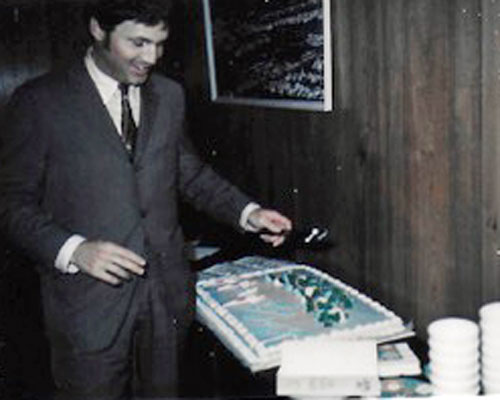
Eric (Errol) celebrates a birthday
“Jones has delighted us for years with his blog www.thinkinthemorning.com. Now, in his engaging first work of fiction, he takes readers to Mexico as a young man searches for the gift of healing.”
—Katy M. Tahja, author of An Eclectic History of Mendocino County, 1852–2002
“What a treat! I’ve followed David’s blog and travels, and now am delighted to be able to fully immerse myself in the richness of his imagination, truth telling, and talent. Hurray—and more, please!”
—Susan B. Wood, artist and “teller” of the secrets of an amazing, aging, single, woman artist
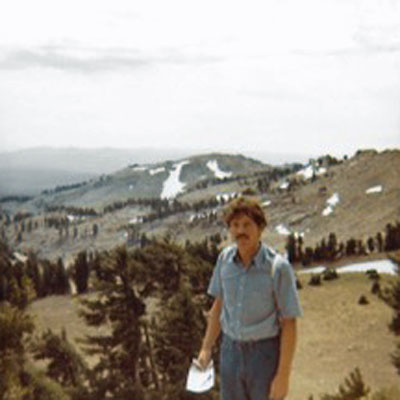
Eric (Errol) hiking in the Sierra foothills
“David Jones is one of the great thinkers and writers of northern California. He pours his intellect and life experience into Behind the Locked Door. Run, don’t walk, to devour it, and be ready to be consumed.”
—Gary Evans, former World Bank economist and financial advisor to the Republic of Poland
“David Jones has chosen a difficult subject: the story of a desperate ‘everyman’ grasping at any straw (Laetrile, in this case) in hopes of surviving his incurable cancer. Set in Mexico, the novel is liberally sprinkled with indigenous mysticism and surreal interludes, enhancing the story and helping make Behind the Locked Door a wonderful read.”
—Gil Gevins, author of 1967: The Autumn of Post-Coital Despair
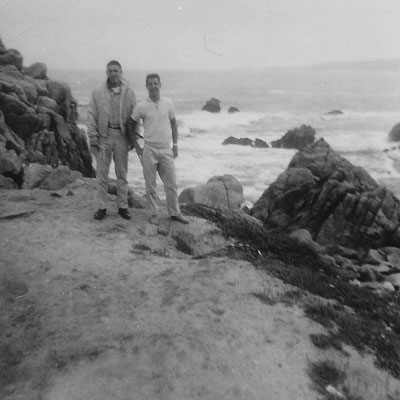
Devon (David) and Eric (Errol) at the beach
“In this genre-bending ode to his much-loved older brother, who died of cancer at a young age, David Jones has imagined an inner and outer life for a dying man. Imagine a gritty tale of intrigue, international crime and corruption and the harshest, cruelest, most savage details of high-tech medical reality merged with the slippery, elusive, shimmering world of shamans, visions, totems, and magical realism, a tale populated with a full cast of characters, some of whom—gangsters, hucksters, crooked politicians—resemble walking, talking cancer cells, while others—a native healer, an obsessively principled eccentric scientist, a sweet, beautiful love interest, an enlightened Catholic priest—put us in mind of powerful immune cells channeling the primal forces of life. The reader ponders the age-old philosophical question: Do we dream that we are awake, or are we awake when we are dreaming? And is there a difference?”
—Eleanor Cooney, author of Death in Slow Motion and Midnight in Samarra
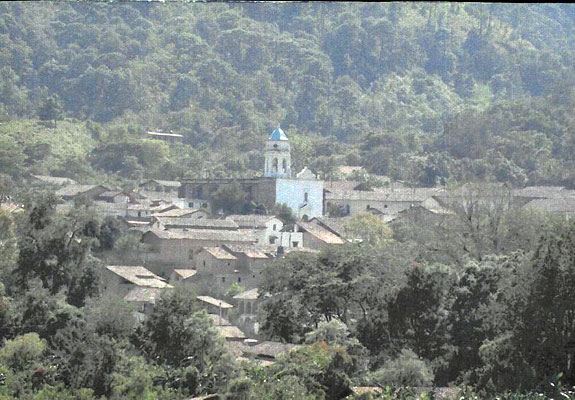
San Kuchamaa (San Sebastian, Jalisco, MX), the pueblo where much of the action takes place

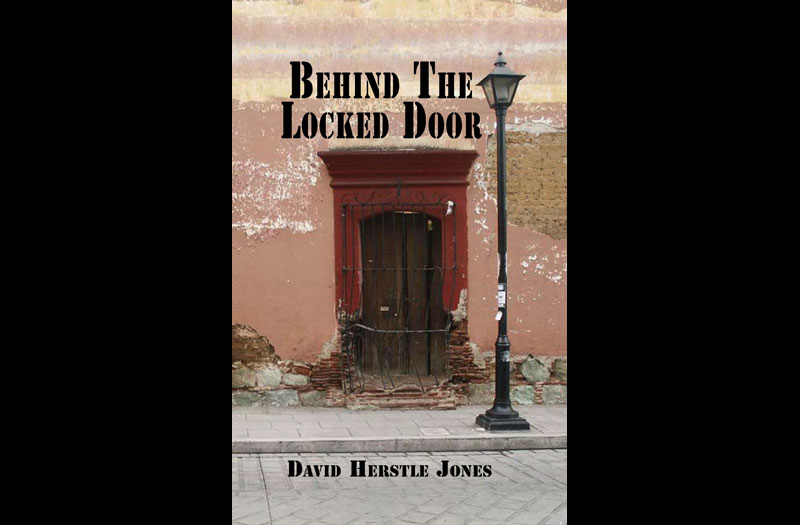
There’s a painfully loud scratch/glitch in the George Harrison recording at 37 seconds. Here’s a clean one:
https://www.youtube.com/watch?v=j_Sp61BtOW4
Thanks, I’ll fix that tomorrow
Fixed. Thanks for pointing this out. Unfortunately this version does not display the lyrics. Hopefully those who are interested will listen. David
Thanks for the Blog ….it got me thinking about planning a trip to Mex .
Thanks. Another one is coming with more pictures of Mexico.
I can’t wait to read the finished product, David. I’m so pleased that you have achieved this publishing goal of yours, a vision that you’ve had for such a long time. A true labor of love. I wish you all the best with the publishing of this work.
Thanks. Shouldn’t be too much longer.